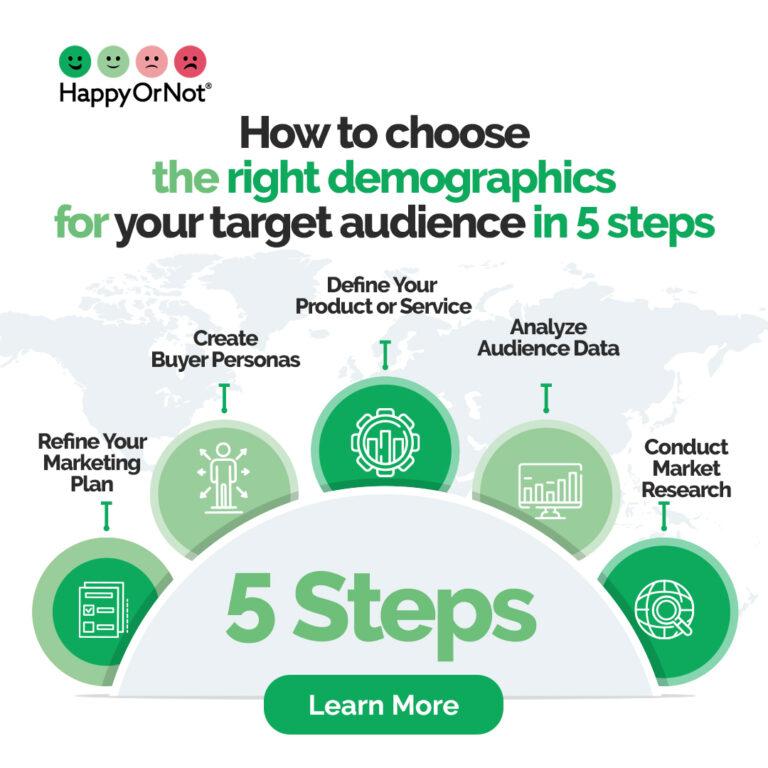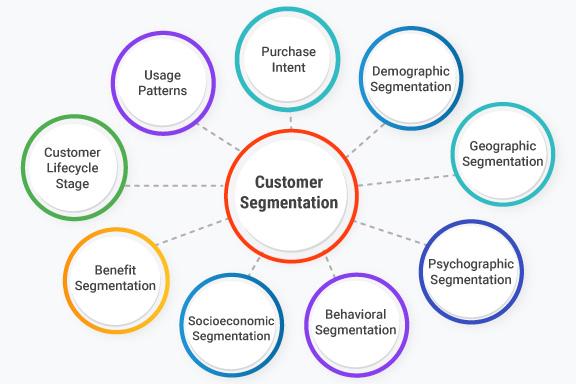
In the vibrant landscape of digital marketing, where trends ripple across social media like waves in a vast ocean, a subtle yet powerful force shapes the success of campaigns: audience demographics. As brands seek to connect with consumers in increasingly personal ways, the importance of understanding the nuances of who their audience is cannot be overstated. Enter influencer marketing, a realm where authenticity meets aspiration, and where the right partnership can unlock a direct line to hearts and minds. But how do marketers ensure their messages resonate deeply? By delving into the intricate tapestry of audience demographics, they can tailor their strategies to not only catch attention but also nurture lasting relationships. In this article, we will explore why targeting hearts through demographic insights is not just a trend, but a necessity for brands eager to thrive in an ever-evolving marketplace. Join us as we dissect the elements that make demographics the beating heart of effective influencer collaborations.
Understanding Your Audience: The Foundation of Effective Influencer Marketing
To truly capture the essence of an effective influencer marketing strategy, you must first decipher the intricate tapestry of your audience. Understanding your target demographic can be the difference between a campaign that resonates and one that falls flat. Focus on the following aspects of your audience:
- Age: Different age groups have varying interests and platforms they frequent.
- Gender: Gender influences consumption patterns and brand preferences.
- Location: Geographic trends can significantly impact buying behaviors.
- Interests: Aligning your influencer’s niche with your audience’s passions fosters authentic connections.
Moreover, leveraging data analytics tools can provide a more nuanced understanding of consumer behavior. By analyzing metrics such as engagement rates, content interaction, and audience feedback, brands can refine their approach and enhance personalization. Here’s a brief overview to illustrate how various demographics interact with influencer marketing:
| Demographic | Preferred Platform | Content Type |
|---|---|---|
| Teens (13-19) | Instagram, TikTok | Short videos, memes |
| Young Adults (20-35) | Instagram, YouTube | vlogs, tutorials |
| Adults (36-50) | Facebook, LinkedIn | Articles, reviews |
| Seniors (51+) | Facebook, twitter | News, lifestyle content |

Diving Into Demographics: Key Factors to Consider for Optimal Engagement
When embarking on an influencer marketing campaign, understanding your audience’s demographics is crucial for fostering genuine engagement. This goes beyond merely recognizing age or gender; it encompasses a multifaceted view of your target market. Consider the following key factors:
- Age groups: tailor your content to resonate with different stages of life, from young adults looking for trends to older consumers focused on reliability.
- geographic Location: Different regions may have unique cultural contexts that influence buying behavior and preferences.
- Income Levels: Adjust your messaging to align with the financial capabilities of your audience, ensuring a perfect fit between your product and their means.
- Interests and Hobbies: Identify shared passions to create more relatable content that speaks directly to the hearts of potential customers.
Incorporating these insights not only enhances your message but also ensures it resonates with the right individuals. To visualize the impact of demographic segmentation, here’s a simple breakdown:
| Demographic Factor | Influence on Engagement |
|---|---|
| age | Content style adaption |
| Location | Cultural relevance |
| Income | Product positioning |
| Interests | Content relatability |

Creating Authentic Connections: Tailoring Content for Diverse Audience Segments
In today’s competitive landscape, understanding the unique traits of various audience segments is crucial for crafting authentic connections. To evoke genuine engagement, it’s essential to tailor content that resonates with these distinct groups. This can be achieved through:
- Language utilization: Adjusting the tone and vocabulary to suit the demographic’s cultural context.
- Visual depiction: Incorporating images, colors, and designs that align with the interests and backgrounds of the target audience.
- platform preference: Distributing content on the social media platforms where the audience is most active.
Moreover, leveraging data insights allows marketers to refine their strategies. By analyzing customer behaviors, preferences, and feedback, brands can create a more personalized experience. To illustrate this, consider the following demographic segments and preferred content types:
| Demographic Segment | Preferred Content Type |
|---|---|
| Millennials | Video tutorials & influencer stories |
| Gen Z | Interactive polls & ephemeral content |
| boomers | Informative articles & webinars |
Recognizing these nuances enhances the effectiveness of influencer marketing campaigns, ultimately fostering deeper connections and driving better results.

Measuring Success: Evaluating the Impact of Demographic Strategies in Campaigns
When evaluating the effectiveness of demographic strategies in influencer marketing campaigns, it’s crucial to analyze key performance indicators (KPIs) that directly correlate with audience engagement and overall campaign success. Metrics such as reach, impressions, and conversion rates provide valuable insights into how well the content resonates with targeted demographics. Each campaign should establish concrete goals, allowing the measurement of outcomes against set benchmarks. By examining the demographics of engaged users, brands can fine-tune their strategies and focus on specific groups that yield the highest response rates.
Furthermore, utilizing analytical tools to segment audiences based on demographic data allows marketers to create tailored content that speaks directly to various groups. A detailed evaluation can be performed using the following metrics:
| Metric | Importance |
|---|---|
| Engagement Rate | measures audience interaction with content |
| Conversion Rate | Tracks effectiveness in achieving desired actions |
| Audience Growth Rate | Indicates expansion of target demographic |
| Brand Sentiment Analysis | Assesses audience perception of brand through feedback |
By continuously monitoring these indicators, brands can adapt their influencer partnerships to enhance connection with their audiences, ensuring that campaigns not only reach their intended targets but also resonate deeply, driving meaningful engagement.
Wrapping Up
As we draw the curtain on our exploration of audience demographics in influencer marketing,it’s clear that understanding who your audience is truly the cornerstone of accomplished campaigns. just as an artist knows the nuances of their canvas, marketers and influencers alike must paint with the vibrant colors of demographic insights—age, gender, interests, and behaviors. By doing so, they can craft messages that resonate deeply, forging connections that transcend mere transactions.
In an age where attention is the most coveted currency, targeting hearts—from Gen Z trendsetters to loyal millennials—requires not just data but a genuine gratitude for diverse voices and narratives. The landscape of influencer marketing is ever-evolving, and those who embrace the complexities of their audience will lead the charge into a future filled with authenticity and engagement.
As you navigate this dynamic world, remember that behind every statistic is a person with unique experiences and passions.So, harness the power of demographics with creativity and empathy, and watch as your marketing efforts flourish, creating meaningful interactions that linger long after the campaign concludes. The heart of marketing beats strongest when we truly understand who we are trying to reach.